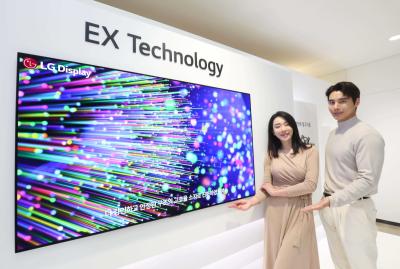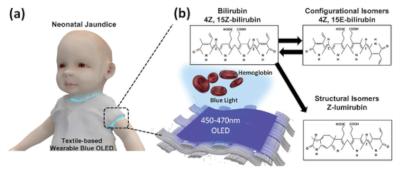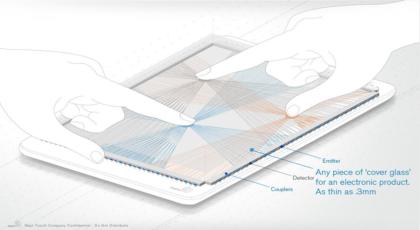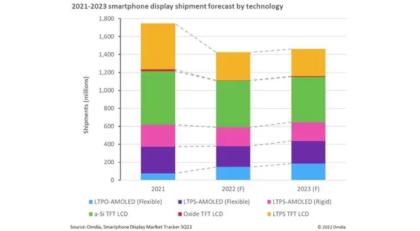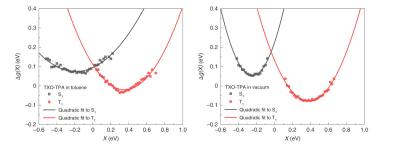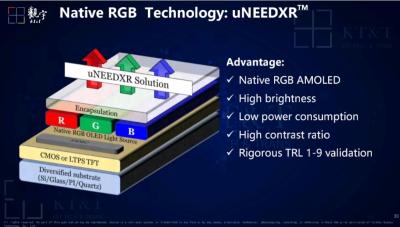Visionox signs an agreement with the government of Hefei to build its $1.6 billion flexible OLED module fab
In May 2022, Visionox announced plans to build a 11 billion Yuan ($1.6 billion USD) flexible and foldable OLED module production line, in Hefei. Yesterday the company signed the formal agreement with the local government and kickstarted the project.
According to reports from China, the new factory will have a yearly capacity of around 26 million modules in sizes ranging from 6-inch to 12-inch, although the company says it will also produce wearable OLED display modules at this fab, so there will be smaller sizes as well.


